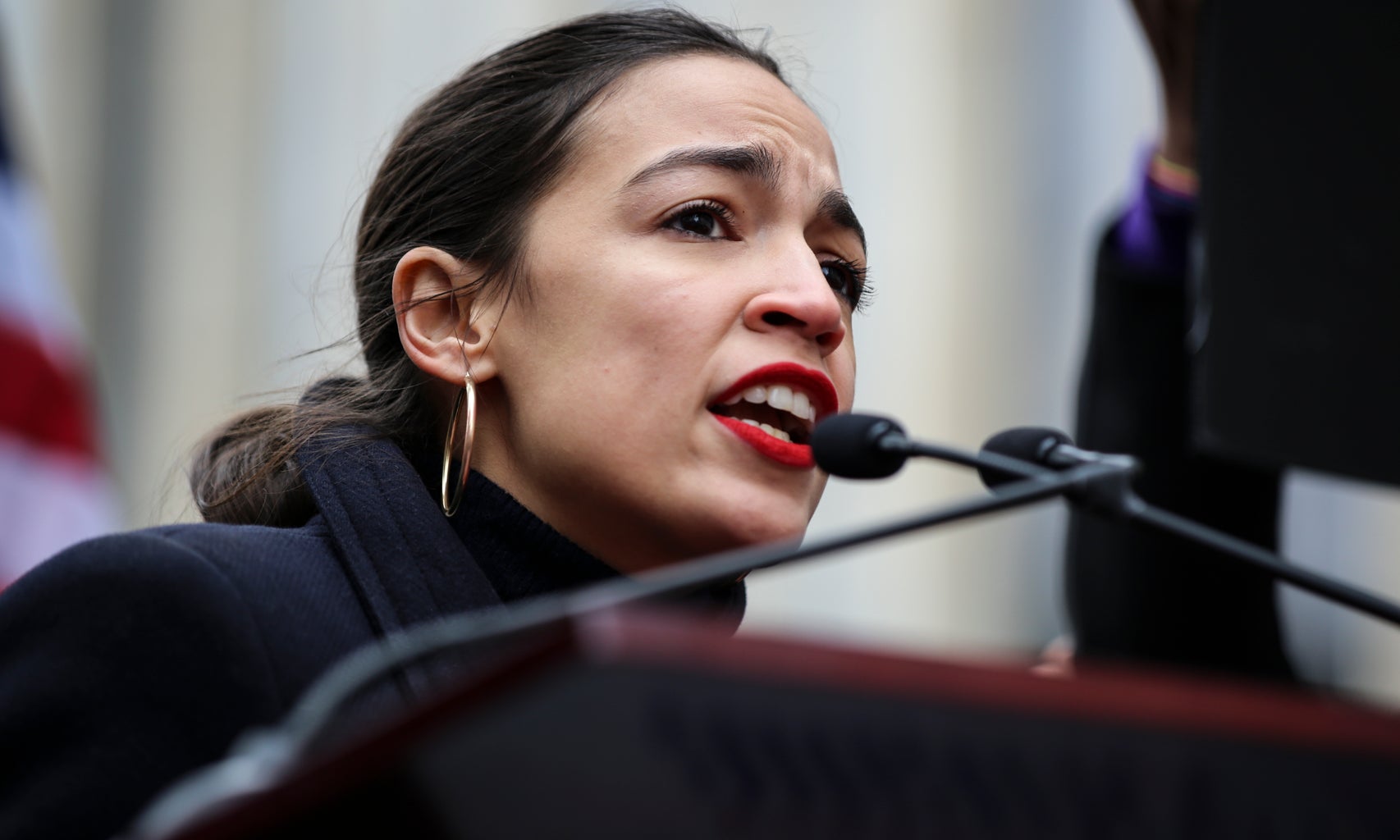Congresswoman Alexandria Ocasio-Cortez turned heads at this year’s Met Gala when she walked in wearing a white satin dress emblazoned in bright red text with the slogan “Tax the Rich.” Although her $35,000 ticket fee was waived, AOC was flooded with accusations of hypocrisy for sporting such a message at an event catered to the ultrawealthy. Others were not convinced that her performative message was making much of a stride towards legislative progress.
Regardless of your view of the congresswoman, her headline-making wardrobe choice does spark conversation about the place for “protest fashion” and how it should be done. Is it really necessary to literally spell out text on a garment to translate a political message into fashion? Even if it’s more efficient to spell things out for an audience, it could still strike as a bit of a fashion sin.
So how else can it be done?
Perhaps my days of watching Project Runway have made me realize that political messages can be integrated into designer fashion in a much more subtle, nuanced way. Sergio Guadarrma’s ten-look finale collection on Season 18 of the fashion competition show depicted an elegant color story, transforming from bright white to crystalized ombre to deep blue. Through an intentional use of color and texture, Guadarrma sought to highlight in his collection the current phenomenon of melting ice caps caused by global warming.
Designers can also send powerful political messages by simply challenging societal expectations. In his Spring-Summer 1967 collection, Yves Saint Laurent proposed his first pantsuit, taking a traditionally masculine silhouette and adapting it for a female figure. Saint Laurent played with the boundaries of menswear and womenswear to create a look complete with fitted sleeves, a belted waist, and wide-leg pants. The new power suit allowed wearers to demonstrate an impressive feminist statement.
In a similar vein, the Black Panthers developed a uniform to complement their ongoing protest against police brutality targeting the Black community. The Black Panthers, fit with leather jackets and berets, flirted with irony to signify their opposition to police forces. The organization’s use of uniform supports the notion that clothing serves as a political tool beyond the scope of expensive designer fashion.
The truth is that politics are inherently ingrained in all levels of fashion. Vogue writer Maya Singer outlined that clothing has been representative of various political messages for all of human history. In the Middle Ages, a person was required by law to dress according to their social class. Similarly, during the French Revolution, the lower-class Jacobins adopted the name “Sans-Culottes,” literally meaning “without knee-breeches.” Unlike the bourgeoisie, who wore expensive silk knee-breeches, the Sans-Culottes were distinguished for their long, hardy trousers.
Into the present day, an outwardly political stance is becoming more integrated into everyday fashion. The past year has given rise to the prominence of graphic t-shirts embellished with the words “Vote,” “Black Lives Matter,” or “Climate Change is Real.” Behind this activism apparel, however, exists a process that contradicts the call for justice and equality. Which raises yet another question- Before a t-shirt is ever worn, what political messages are ingrained in its production?
Ethical questions surround the fashion industry, with the labor and environmental impacts of clothing production increasingly concerning consumers. Many companies have responded by being more transparent about their use of factories and their sourcing practices, but persistent consumption models of production create more waste than the world will ever be able to manage, and the use of subcontracting deals within the industry make it impossible to regulate labor standards. Clothing is fraught with politics before even reaching the hands of a buyer.
Politics and fashion are inherently intertwined long before a designer decides to emblazon a dress with a controversial slogan. Whether it is in a piece’s nuanced design, historical meaning, or production story, clothing holds significant meaning and has the power to portray compelling messages.






